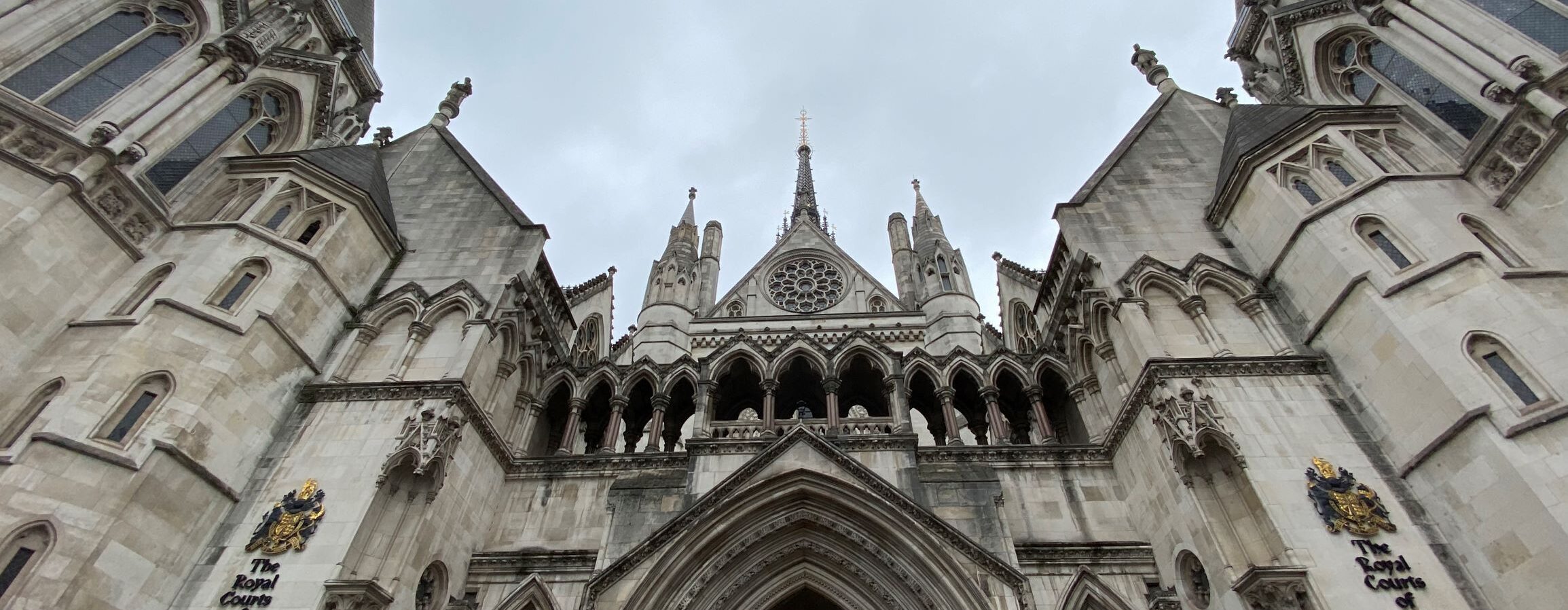Update to the Criminal Practice Direction 2015 (9)
The Lord Chief Justice has today issued the ninth update to the Criminal Practice Directions of 2015. It will come into force on 14th October 2019. The Consolidated CPD’s can be found here.
The update sets out amendments to existing Criminal Practice Directions and supplements the Criminal Procedure (Amendment) Rules 2019 SI 2019/908 that came into force on 7 October 2019.
The following are the headline points:
CPDI General Matters ACCESS TO COURTS – 6E.1 – 6E.4
Following the judgment of the Administrative Court in R (on the application of Ewing) v Isleworth Crown Court [2019] EWHC 288 (Admin), the latest practice direction provides direction to the Crown Court about when and in what circumstances it may be appropriate for the court to restrict access to the public gallery. As was set out in Ewing it is only in “these sensitive moments, generally of brief duration, it is necessary for the court to be still so that the process can take place without distraction and in a manner which preserves the dignity and solemnity of the proceedings”. Other than restricting access to the following parts of proceedings; arraignment; empanelling and swearing in of the jury; oath taking or affirmation; return of verdict by a jury or passing of sentence by a Judge, there is to be no blanket policy restricting access during other parts of proceedings.
CPD VI Trial 26P: DEFENDANT’S RIGHT TO GIVE OR NOT TO GIVE EVIDENCE
This amendment sets out the necessary warning to be given to an unrepresented defendant at the end of the prosecution’s case. It must be articulated in clear, unambiguous language.
CPD VII Sentencing S: VARIATION OF SENTENCE
CPD IX Appeal 39F: SKELETON ARGUMENTS
CPD XI Other proceedings 50A: EXTRADITION: GENERAL MATTERS AND CASE MANAGEMENT
CPD IX Appeal 39H: CRIMINAL APPEAL OFFICE BUNDLES & INDEXES FOR FULL COURT HEARINGS
CPD XII General Application D: Citation of Authority AND PROVISION OF COPIES OF JUDGMENTS TO THE COURT AND SKELETON ARGUMENTS
CPD XIII Listing Annex 3: CASES INVOLVING VERY LARGE FINES IN THE MAGISTRATES’ COURT


